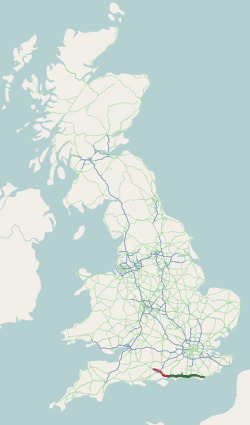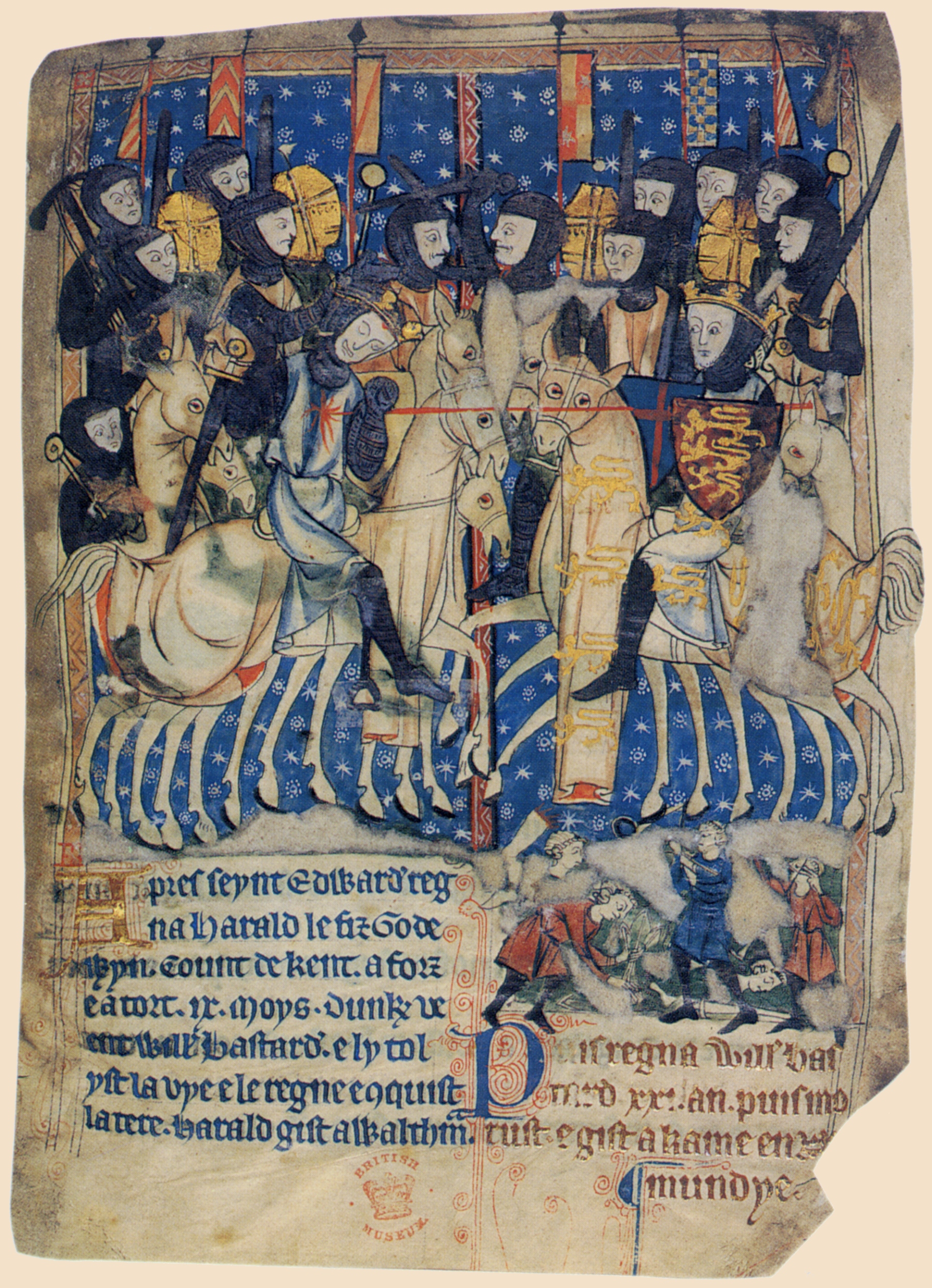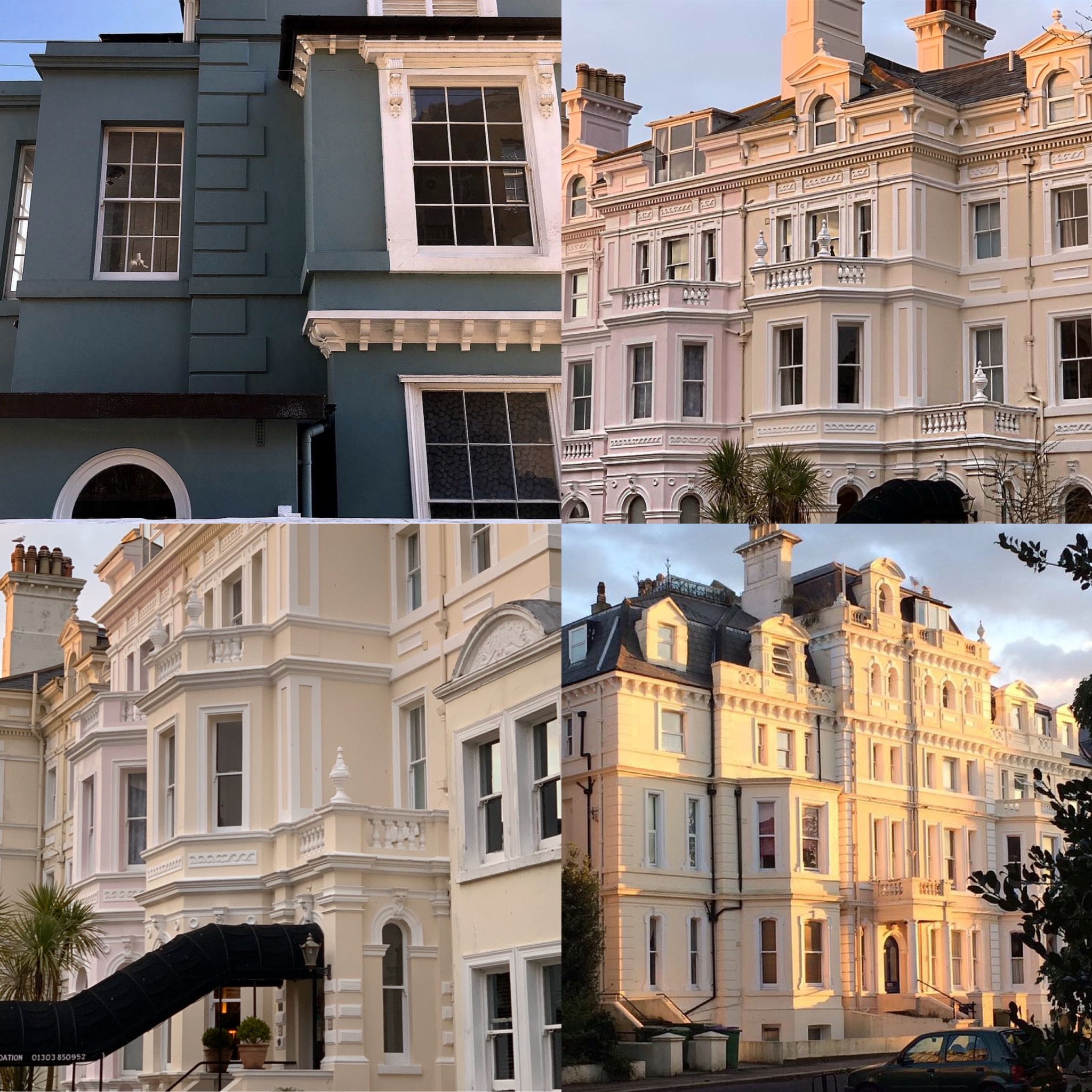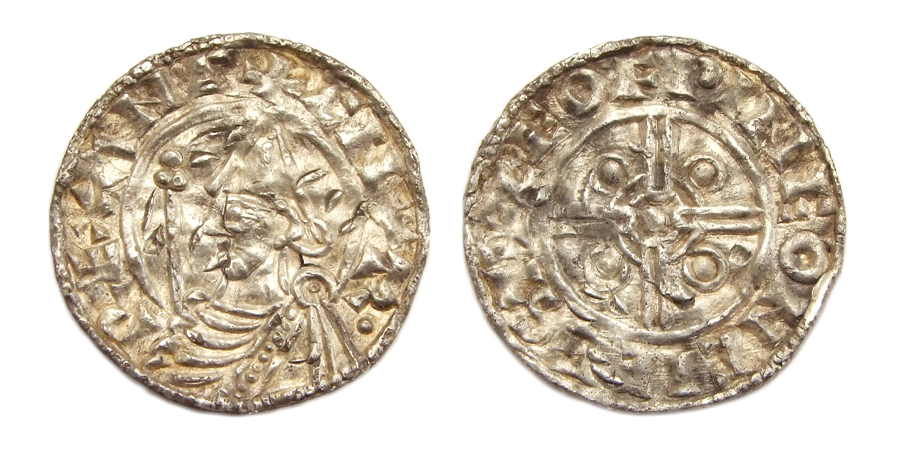|
A259
The A259 is a road on the south coast of England passing through Hampshire, West Sussex, East Sussex, and Kent, and is the longest Zone 2 A road in Great Britain. The main part of the road connects Brighton, Peacehaven, Eastbourne, Hastings, Rye, and Folkestone. The road is below the expected standard of a trunk road used by HGVs and a frequent cause of congestion and disruption and has been documented as one of the most dangerous roads in South England. Description The A259 is a busy two-lane road running along the south coast of England; part is roughly parallel to the A27 road. The A259 runs east from Emsworth in Hampshire, into West Sussex via Chichester, Bognor Regis, Littlehampton, Ferring, Worthing, Lancing, Shoreham-by-Sea, into the Unitary Authority of Brighton and Hove which incorporates Portslade, Hove and Brighton, and on into the East Sussex towns of Peacehaven, Newhaven, Seaford, Eastbourne, Pevensey, Bexhill-on-Sea, Hastings and Rye. Over the border in ... [...More Info...] [...Related Items...] OR: [Wikipedia] [Google] [Baidu] |
A Roads In Zone 2 Of The Great Britain Numbering Scheme
List of A roads in zone 2 in Great Britain starting south of the River Thames The River Thames ( ), known alternatively in parts as the The Isis, River Isis, is a river that flows through southern England including London. At , it is the longest river entirely in England and the Longest rivers of the United Kingdom, s ... and east of the A3 (roads beginning with 2). __FORCETOC__ Single- and double-digit roads Triple-digit roads Four-digit roads {{United Kingdom roads 2 2 ... [...More Info...] [...Related Items...] OR: [Wikipedia] [Google] [Baidu] |
A27 Road
The A27 is a major road in England. It runs from its junction with the A36 road, A36 at Whiteparish (near Salisbury, England, Salisbury) in the county of Wiltshire, follows the south coast of Hampshire and West Sussex, and terminates at Pevensey (near Eastbourne and Bexhill-on-Sea, Bexhill) in East Sussex. It is the westernmost road in Zone 2 roads in the UK, Zone 2 in the UK road numbering system. Between Portsmouth and Lewes, it is one of the busiest trunk roads in the UK. History Historically, for longer distance movement along the south coast, the M25 in combination with the M2, M20, M23 / A23, A3 / A3(M) and M3 has provided an attractive alternative to the actual south coast route of A259, A27 and M27. In 2002 an offpeak journey between Margate and Southampton via the M25 took 2 hours 30 minutes, and via the coastal route using the A259, A27 and M27 took 3 hours 50 minutes. The reason the coastal route is so much slower than the M25 alternative is largely due to a series ... [...More Info...] [...Related Items...] OR: [Wikipedia] [Google] [Baidu] |
Peacehaven
Peacehaven is a town and civil parishes in England, civil parish in the Lewes (district), Lewes district of East Sussex, England. It is above the chalk cliffs of the South Downs about east of Brighton city centre, on the A259 road. It is the place where the Prime Meridian, Greenwich meridian crosses the English south coast. Peacehaven is next to Telscombe Cliffs, a later western extension to Peacehaven, which is in a separate parish and has a separate town council. History There is a Bronze Age tumulus, barrow (burial mound) near the cliff top, which has been under investigation by local societies. The barrow is evidence of human occupation at Peacehaven at least 3,500 years ago. A 2007 excavation of the new Bovis Homes Group, Bovis Homes site west of Peacehaven Community School's playing fields unearthed evidence for a prehistory, prehistoric settlement throughout the Bronze and Iron Ages. Peacehaven was founded in 1916 by entrepreneur Charles Neville, who bought land in the ... [...More Info...] [...Related Items...] OR: [Wikipedia] [Google] [Baidu] |
Hastings
Hastings ( ) is a seaside town and Borough status in the United Kingdom, borough in East Sussex on the south coast of England, east of Lewes and south east of London. The town gives its name to the Battle of Hastings, which took place to the north-west at Senlac Hill in 1066. It later became one of the medieval Cinque Ports. In the 19th century, it was a popular seaside resort, as the railway allowed tourists and visitors to reach the town. Hastings remains a popular seaside resort and is also a fishing port, with the UK's largest beach-based fishing fleet. The town's estimated population was 91,100 in 2021. History Early history The first mention of Hastings is from the late 8th century in the form ''Hastingas''. This is derived from the Old English tribal name ''Hæstingas'', meaning 'the constituency (followers) of Hæsta'. Symeon of Durham records the victory of Offa in 771 over the ''Hestingorum gens'', that is, "the people of the Hastings tribe." Hastingleigh in Kent ... [...More Info...] [...Related Items...] OR: [Wikipedia] [Google] [Baidu] |
Hove
Hove ( ) is a seaside resort in East Sussex, England. Alongside Brighton, it is one of the two main parts of the city of Brighton and Hove. Originally a fishing village surrounded by open farmland, it grew rapidly in the 19th century in response to the development of its eastern neighbour Brighton; by the Victorian era it was a fully developed town with borough status. Neighbouring parishes such as Aldrington and Hangleton were annexed in the late 19th and early 20th centuries. The neighbouring urban district of Portslade was merged with Hove in 1974. In 1997, as part of local government reform, the borough merged with Brighton to form the Borough of Brighton and Hove; this unitary authority was granted city status in 2000. Name and etymology Old spellings of Hove include Hou (Domesday Book, 1086), la Houue (1288), Huua (13th century), Houve (13th and 14th centuries), Huve (14th and 15th centuries), Hova (16th century) and Hoova (1675). The etymology was disputed at length ... [...More Info...] [...Related Items...] OR: [Wikipedia] [Google] [Baidu] |
Rye, East Sussex
Rye is a town and civil parish in the Rother District, Rother district of East Sussex, England, from the sea at the confluence of three rivers: the River Rother (Eastern), Rother, the River Tillingham, Tillingham and the River Brede, Brede. An important member of the mediaeval Cinque Ports confederation, it was at the head of an embayment of the English Channel, and almost entirely surrounded by the sea. At the 2011 census, Rye had a population of 4,773. Its historical association with the sea has included providing ships for the service of the Crown in time of war, and being involved in smuggling. The notorious Hawkhurst Gang used its ancient inns The Mermaid Inn and The Olde Bell (Rye), The Olde Bell Inn, which are said to be connected to each other by a secret passageway. Those historic roots and its charm make it a tourist destination, with hotels, guest houses, B&Bs, tea rooms, and restaurants. Rye has a small fishing fleet, and Rye Harbour has facilities for yachts and ot ... [...More Info...] [...Related Items...] OR: [Wikipedia] [Google] [Baidu] |
Bexhill-on-Sea
Bexhill-on-Sea (often shortened to Bexhill) is a seaside town and civil parish in the Rother District in the county of East Sussex in South East England. It is located along the Sussex Coast and between the towns of Hastings, England, Hastings and Eastbourne. History The first reference to Bexhill, or Bexelei as it was originally called, was in a charter granted by King Offa of Mercia in 772 AD. It is recorded that Offa had "defeated the men of Hastings" in 771 AD. At this time, the term Hastings would have referred to this whole area rather than the town itself as it does today. In the charter, Offa established a church and religious community in Bexhill. During the Norman Conquest of 1066, it appears that Bexhill was largely destroyed. The Domesday survey of 1086 records that the manor was worth £20 before the conquest, was "waste" in 1066 and was worth £18 10s in 1086. William the Conqueror, King William I used the lands he had conquered to reward his knights ... [...More Info...] [...Related Items...] OR: [Wikipedia] [Google] [Baidu] |
Seaford, East Sussex
Seaford is a town in East Sussex, England, east of Newhaven, East Sussex, Newhaven and west of Eastbourne.OS Explorer map Eastbourne and Beachy Head Scale: 1:25 000. Publisher:Ordnance Survey – Southampton B2 edition. Publishing Date:2009. In the Middle Ages, Seaford was one of the main ports serving Southern England, but the town's fortunes declined due to coastal sedimentation silting up its harbour and persistent raids by French pirates. The coastal confederation of Cinque Ports in the mediaeval period consisted of forty-two towns and villages; Seaford was included under the "Limb" of Hastings. Between 1350 and 1550, the French burned down the town several times. In the 16th century, the people of Seaford were known as the "Great cormorant, cormorants" or "Common shag, shags" because of their enthusiasm for looting ships wrecked in the bay. Local legend has it that Seaford residents would, on occasion, cause ships to run aground by placing fake harbour lights on the cliffs. ... [...More Info...] [...Related Items...] OR: [Wikipedia] [Google] [Baidu] |
Folkestone, Kent
Folkestone ( ) is a coastal town on the English Channel, in Kent, south-east England. The town lies on the southern edge of the North Downs at a valley between two cliffs. It was an important harbour, shipping port, and fashionable coastal resort for most of the 19th and mid-20th centuries. This location has had a settlement since the Mesolithic era. A nunnery was founded by Eanswith, granddaughter of Æthelberht of Kent in the 7th century, who is still commemorated as part of the town's culture. During the 13th century, it developed into a seaport, and the harbour developed during the early 19th century to defend against a French invasion. Folkestone expanded further west after the arrival of the railway in 1843 as an elegant coastal resort, thanks to the investment of the Earl of Radnor under the urban plan of Decimus Burton. In its Edwardian-era heyday, Folkestone was considered the most fashionable resort of the time, visited by royalty — amongst them Queen Victoria an ... [...More Info...] [...Related Items...] OR: [Wikipedia] [Google] [Baidu] |
Chichester
Chichester ( ) is a City status in the United Kingdom, cathedral city and civil parish in the Chichester District, Chichester district of West Sussex, England.OS Explorer map 120: Chichester, South Harting and Selsey Scale: 1:25 000. Publisher:Ordnance Survey – Southampton B2 edition. Publishing Date:2009. It is the only city in West Sussex and is its county town. It was a Ancient Rome, Roman and Anglo-Saxon settlement and a major market town from those times through Norman dynasty, Norman and medieval times to the present day. It is the seat of the Church of England Diocese of Chichester and is home to a 12th-century cathedral. The city has two main watercourses: the Chichester Canal and the River Lavant, West Sussex, River Lavant. The Lavant, a Winterbourne (stream), winterbourne, runs to the south of the city walls; it is hidden mostly in culverts when close to the city centre. History Roman period There is no recorded evidence that Chichester was a settlement of any ... [...More Info...] [...Related Items...] OR: [Wikipedia] [Google] [Baidu] |
Newhaven, East Sussex
Newhaven is a port town in the Lewes (district), Lewes district of East Sussex, England, lying at the mouth of the River Ouse, Sussex, River Ouse. The town developed during the Middle Ages as the nearby port of Seaford, East Sussex, Seaford began drying up, forcing a new port to be established. A sheltered harbour was built in the mid-16th century, and a breakwater (structure), breakwater in the late 18th, to provide continued access to the sea. Newhaven increased in importance following the arrival of the railway in 1847, and regular cross-Channel ferry services to Dieppe. Though these have been reduced in the 21st century, Newhaven still provides regular ferry services and continues to be used as an important freight terminal. In 2021 the parish had a population of 12,854. Origins Newhaven lies at the mouth of the River Ouse, Sussex, River Ouse, in the valley the river has cut through the South Downs. Over the centuries the river has migrated between Newhaven and Seaford, ... [...More Info...] [...Related Items...] OR: [Wikipedia] [Google] [Baidu] |
Brighton
Brighton ( ) is a seaside resort in the city status in the United Kingdom, city of Brighton and Hove, East Sussex, England, south of London. Archaeological evidence of settlement in the area dates back to the Bronze Age Britain, Bronze Age, Roman conquest of Britain, Roman and Anglo-Saxons, Anglo-Saxon periods. The ancient settlement of "Brighthelmstone" was documented in the ''Domesday Book'' (1086). The town's importance grew in the Middle Ages as the Old Town developed, but it languished in the early modern period, affected by foreign attacks, storms, a suffering economy and a declining population. Brighton began to attract more visitors following improved road transport to London and becoming a boarding point for boats travelling to France. The town also developed in popularity as a health resort for sea bathing as a purported cure for illnesses. In the Georgian era, Brighton developed as a highly fashionable seaside resort, encouraged by the patronage of the Prince Regent ... [...More Info...] [...Related Items...] OR: [Wikipedia] [Google] [Baidu] |











